Se San River originates from the south of Ngoc Linh mountain range (Kon Tum province) and flows through Kon Tum and Gia Lai provinces. Not only is it an “energy river”, Se San River also has majestic scenery with many rapids and waterfalls and is home to many valuable aquatic species such as: catfish, striped melon fish, anh vu fish…
Recently, people living along the Se San River have been gifted with another type of fish that people often call a "popular specialty", which is tilapia with a "huge" size, weighing up to 7 kg.
After many appointments, we were led by Mr. Ro Cham Tam - Chairman of Ia Kreng Commune People's Committee (Chu Pah District) to Dip village and Doch 1 village.
These are villages located along the Se San River. In addition to farming, people in the two villages also do fishing and fish farming.
Here, in almost every river section, people can cast nets and fish to catch specialty fish such as: catfish, striped melon, and anh vu... Recently, many people have also caught "giant" tilapia, which are just as delicious as those famous fish.
“It is not uncommon for wild tilapia on the Se San River flowing through Ia Kreng commune to be caught by locals weighing 4-5 kg. In particular, there are some that weigh up to 7 kg. Such “huge” tilapia have only recently appeared,” Mr. Tam shared.
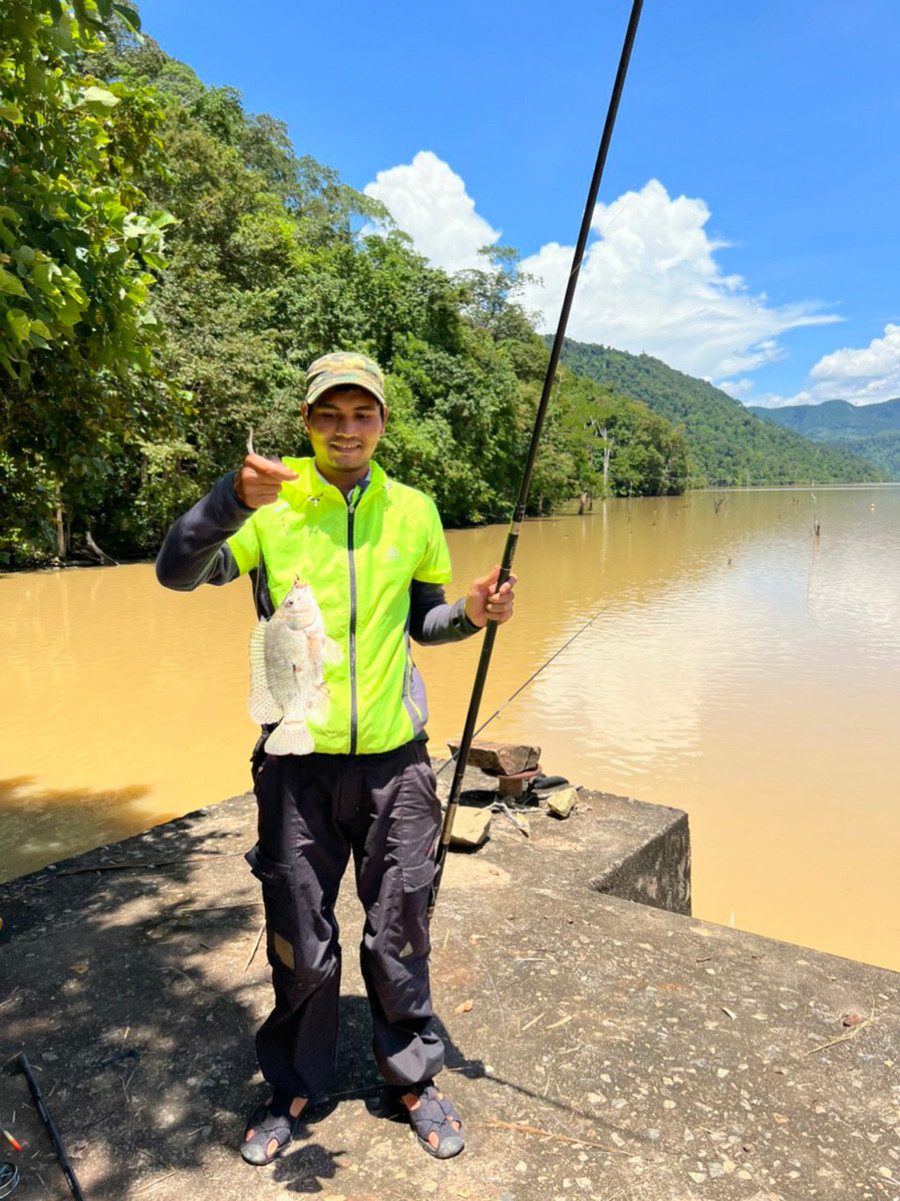
An angler caught a tilapia weighing more than 2 kg at the Se San 3A hydroelectric reservoir, Gia Lai province. Photo: Le Anh
To try our luck, early in the morning, we and the Dip village fishermen prepared our equipment to go fishing for tilapia at the Se San 3A hydroelectric reservoir. Because tilapia are omnivorous and live in schools, the bait is very simple, just using bran and cold rice mixed together or using worms as bait.
Mr. Ro Cham Doan said: “Catching or fishing for tilapia here is available in all seasons and is not as elaborate as catching catfish or striped catfish. However, catching and fishing for large fish during this season is not common. “Giant” tilapia are most abundant from September to December of the lunar calendar.”
As the anglers said, after nearly a day of splitting up and staying in many areas to "hunt" for "giant" tilapia on the Se San 3A hydroelectric reservoir, our group only caught 2 fish weighing more than 2 kg.
"Due to the heavy rain in the past few days, the water is cold and fast flowing, so the fish tend to hide and are lazy to eat" - Mr. Doan shared his experience.
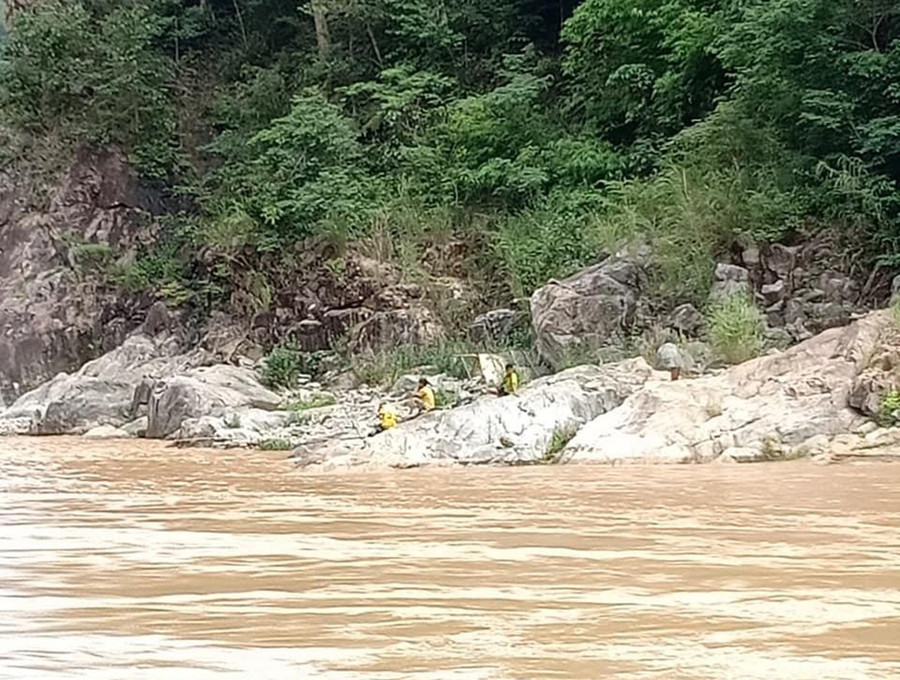
The Se San 3A hydroelectric reservoir area (Gia Lai province) has many ideal fishing spots, including catching "huge" tilapia. Tilapia living in the Se San River are considered a popular specialty fish. Photo: Le Anh.
To learn more about this popular specialty, Mr. Ro Cham Tam directed us to Ms. Luong Thi Dan's house in Dip village, a focal point for buying fish from fishermen in Ia Kreng commune.
Ms. Dan's family has lived in this resettlement village for more than 16 years and has also worked as a fish collector for nearly 10 years.
Ms. Dan said: “Tilapia weighing 5 kg or more have only appeared in the last 2 years. During the season, the amount of tilapia caught by people is quite large, on average, I buy from 20 kg to 30 kg per day.
Of these, nearly 2/3 are tilapia weighing 1.5 kg or more. The selling price depends on the weight of the fish and the time, but on average, the type weighing 3 kg or more costs 70-80 thousand VND/kg. This type of tilapia with large weight is ordered by many people but is not always available.
Giant tilapia living in the wild often have thick muscle fibers, white meat and few small bones. The fish can be processed into many dishes such as: braised with pickles, sour soup, tomato sauce, deep fried, grilled with salt and chili...
The group of fishermen who went with us chose to serve tilapia grilled with salt and chili on hot coals. With this simple preparation method, they kept the scales intact, only removed the intestines, washed off the black layer inside the intestines, and then drained the water.
Next, they use scissors to cut the fins and make even cuts on both sides of the fish so that when the spices (including salt, MSG, lots of green chili and a little cooking oil) are spread evenly on each piece of meat. The spices are spread evenly on the fish and left for about 10 minutes before being placed on the charcoal grill. The fish is still fresh so it only needs to be grilled for about 10 minutes and then turned evenly on both sides.
When the fish scales are charred, continue to spread a layer of salt and chili on the surface and turn it over the charcoal stove one more time to enjoy. To enhance the rich flavor of the fish meat, the "chefs" prepare an additional bowl of salt, chili and lemon.
Because tilapia lives in a natural environment, its meat is firm and fatty, sweet, combined with the salty, spicy, sour taste of salt, chili and lemon sauce, creating a strangely delicious feeling. Although not as luxurious as catfish, striped melon, and anh vu, the "giant" tilapia is also a specialty that nature has bestowed upon the people living along the Se San River.
Source: https://danviet.vn/ben-dong-song-se-san-noi-tieng-gia-lai-dan-cau-duoc-ca-ro-phi-khung-co-con-ca-dac-san-nang-7kg-20241111225037265.htm



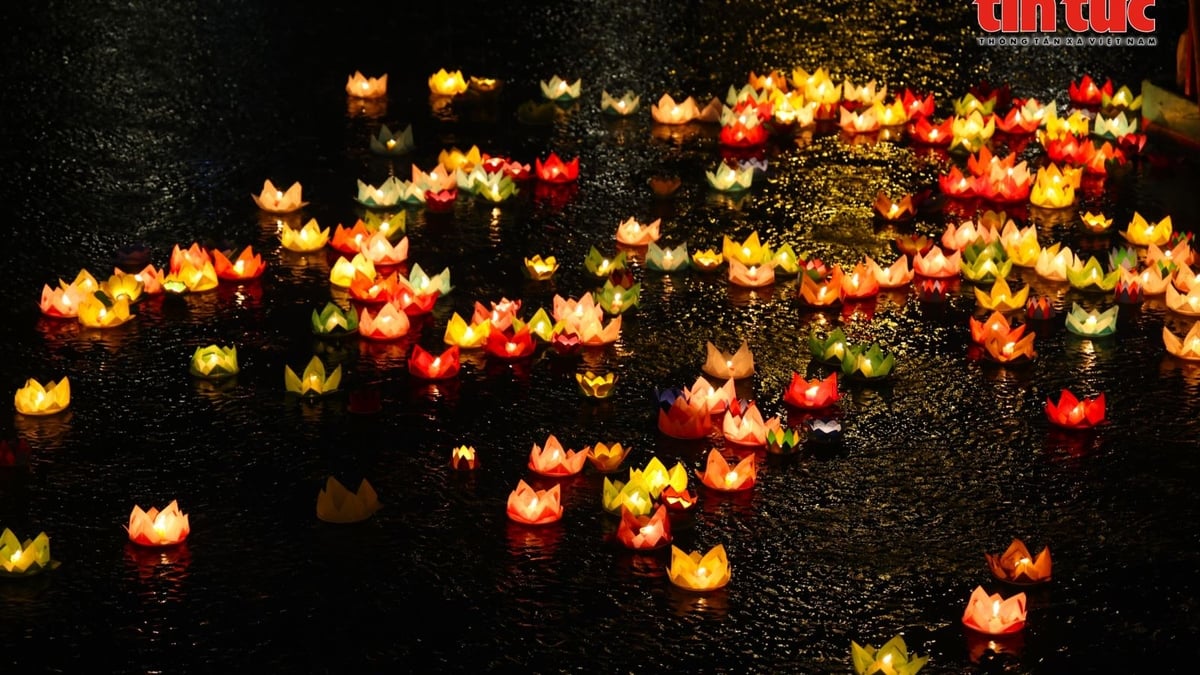


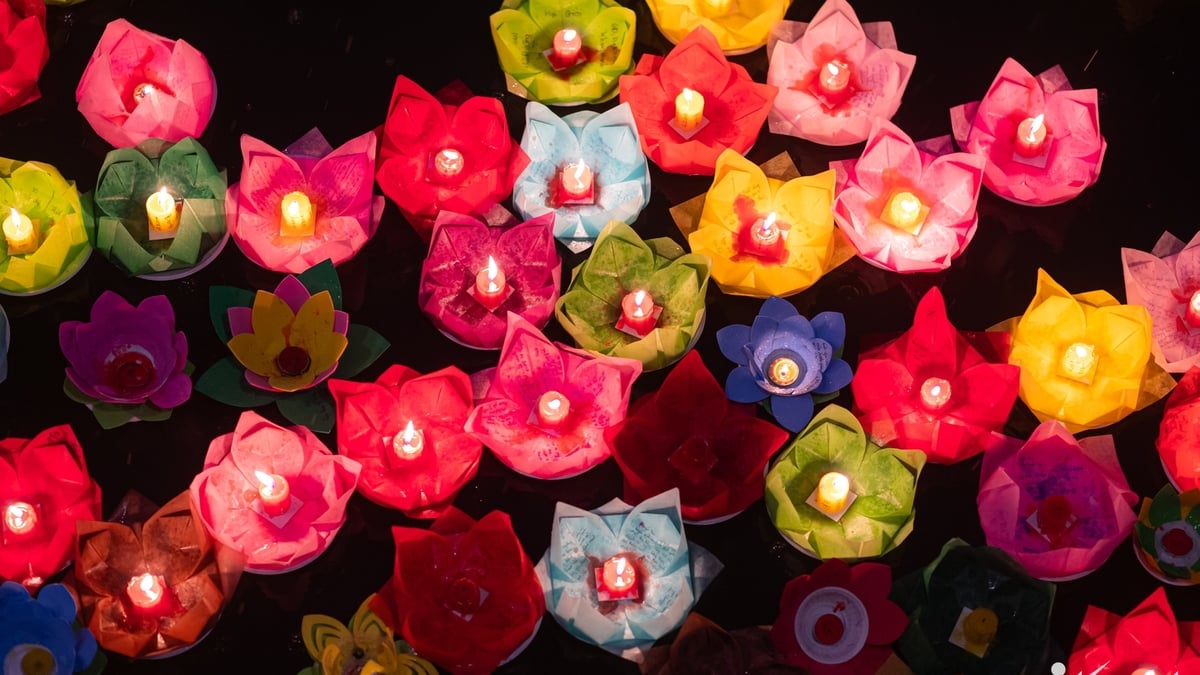
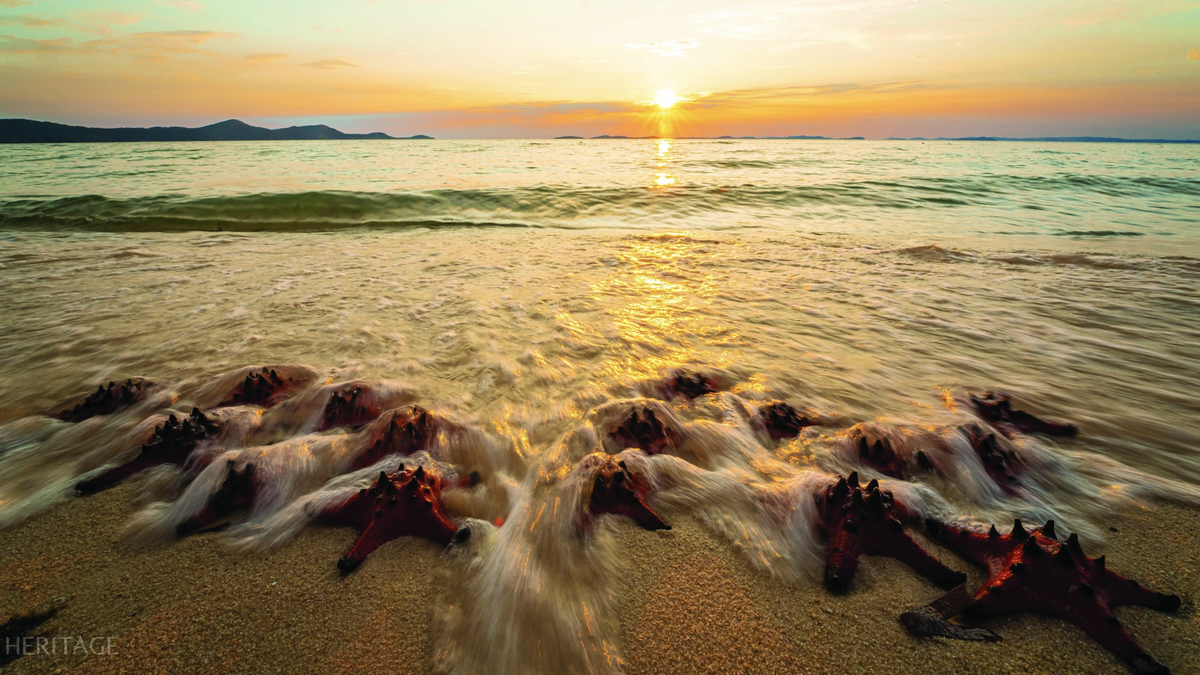








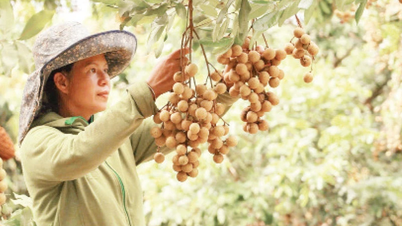

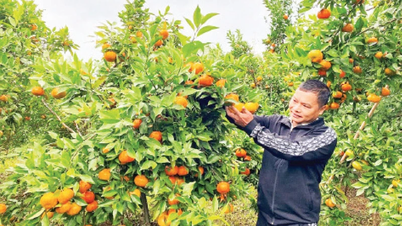

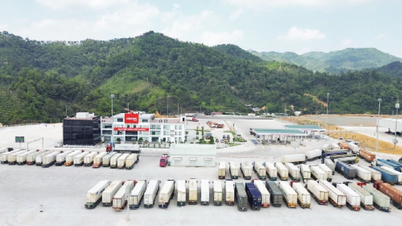





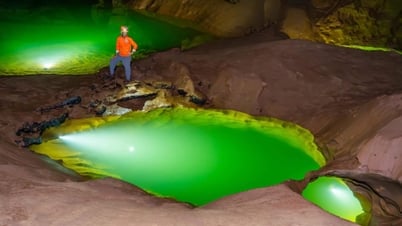


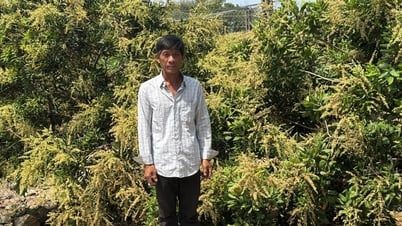

![[Photo] Ho Chi Minh City: Many people release flower lanterns to celebrate Buddha's Birthday](https://vphoto.vietnam.vn/thumb/1200x675/vietnam/resource/IMAGE/2025/5/10/5d57dc648c0f46ffa3b22a3e6e3eac3e)
![[Photo] General Secretary To Lam meets with Chairman of the Federation Council, Parliament of the Russian Federation](https://vphoto.vietnam.vn/thumb/1200x675/vietnam/resource/IMAGE/2025/5/10/2c37f1980bdc48c4a04ca24b5f544b33)


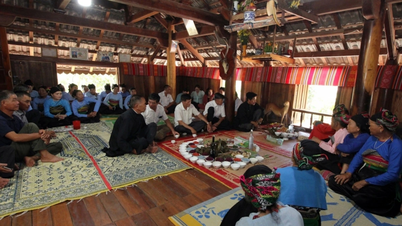





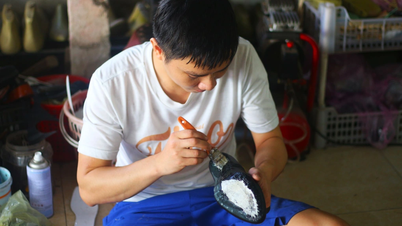



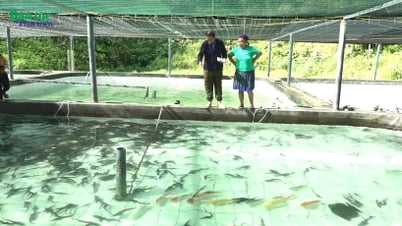



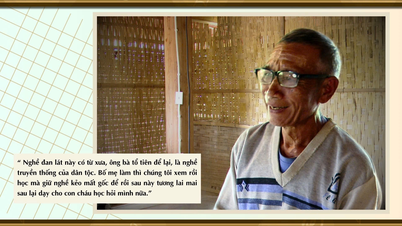

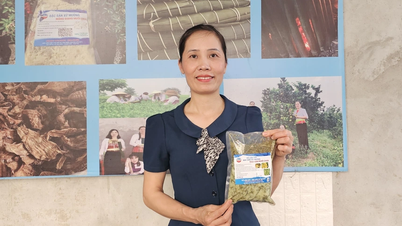





























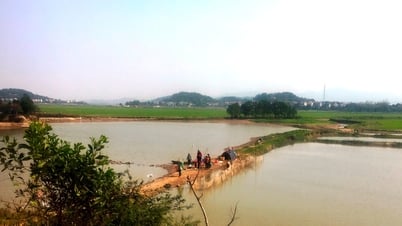





















Comment (0)